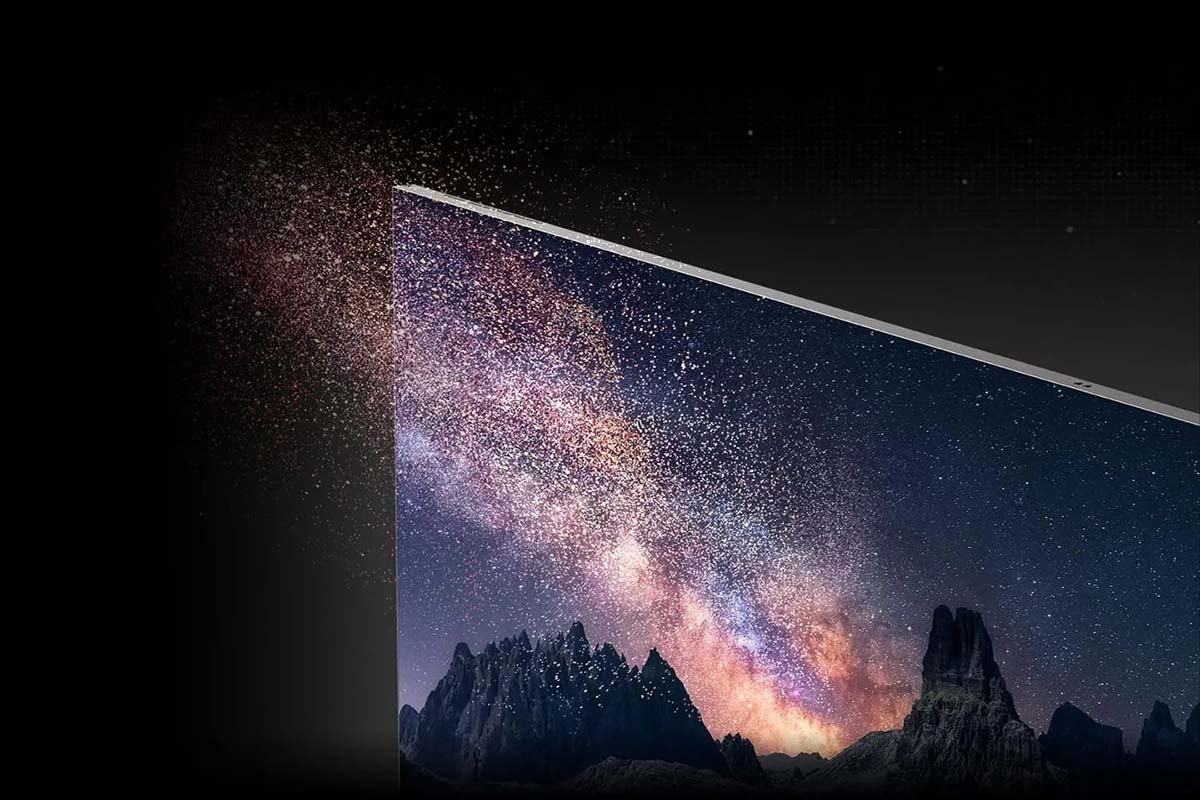Navigating the complex world of display technologies can be daunting, especially with terms like LCD, LED, OLED, Mini LED, and Micro LED floating around. But fret not, as we’ll break down these terms into digestible pieces to help you understand what’s what.
The Core Trio: LCD, LED, and OLED
LCD (Liquid Crystal Display) is the granddaddy of modern display tech, established and cost-effective. It operates by sandwiching a liquid crystal layer between two glass substrates.
When an electric current passes through, the liquid crystals align to either block or allow light to pass through, thereby generating an image. It’s a reliable technology, especially for large displays like TVs and monitors.
LED (Light Emitting Diode) evolves from the same concept but utilizes a semiconductor to convert electrical energy into light. LEDs find a range of applications from the humble traffic light to advanced TV backlighting systems.
They’re energy-efficient, but their operation depends on other components like color filters to produce the final display.
Meanwhile, OLED (Organic Light Emitting Diode) is the more luxurious cousin. With organic materials that glow when an electric charge is applied, OLEDs offer rich, vibrant colors and deeper blacks.
The main advantage?
They’re self-illuminating and don’t require a backlight, making them perfect for devices where power consumption matters. However, they have a shorter lifespan and are generally more expensive, which limits their use to premium products, like high-end TVs and smartphones.
Mini LED and Micro LED: The Emerging Tech
Mini LED serves as a bridge between older LED tech and the more advanced Micro LEDs. In essence, Mini LEDs are tiny but powerful lights used in local dimming displays, allowing different portions of a screen to be dimmed or brightened independently.
This greatly improves the contrast and image quality, nearing the performance of OLED displays.
Micro LED is the future we’re all waiting for. These are even smaller than Mini LEDs and provide self-illumination. Their tiny size allows for incredibly high-resolution displays, and they boast better longevity and functionality compared to OLEDs.
The only challenge is that production difficulties and high costs are preventing them from entering the mainstream market just yet.
Micro OLED: Paving the Way for New Applications
Micro OLED is a technology that’s been thrust into the spotlight, thanks in part to Apple’s interest. Unlike other displays that are built on glass, Micro OLEDs are mounted directly onto silicon wafers.
This makes them thinner, less power-hungry, and highly efficient in terms of luminosity. These attributes make Micro OLEDs ideal for futuristic applications like augmented reality (AR) and virtual reality (VR) wearables. However, mass production challenges mean we might have to wait a bit longer to see these in our everyday devices.
The Key Takeaway
LCDs are the traditional go-to, offering a balanced mix of performance and affordability. LEDs offer an energy-efficient alternative and are already ubiquitous in our lives. OLEDs are the premium choice for those who demand exceptional image quality and are willing to pay for it.
On the horizon, Mini LEDs offer a sneak peek into the future, providing better-than-LED performance without breaking the bank. Micro LEDs are the pinnacle of what display technology can achieve but are still bound by production constraints.
And finally, Micro OLEDs are the wild cards that could revolutionize wearables and portable devices, once they overcome production hurdles.

